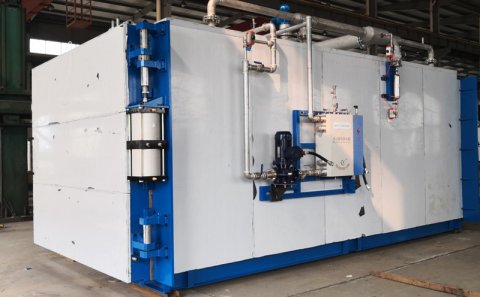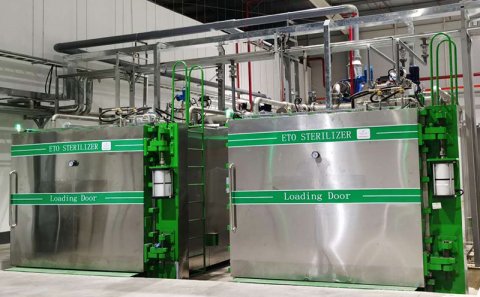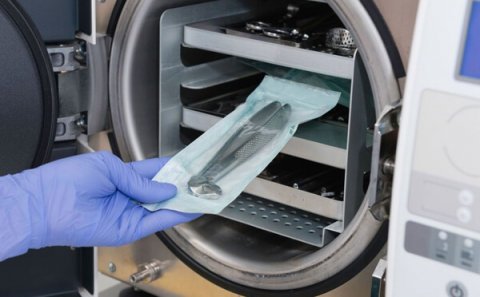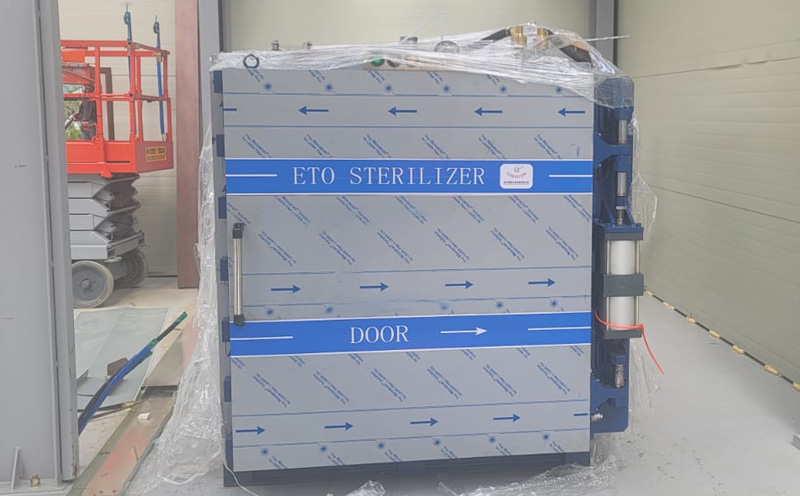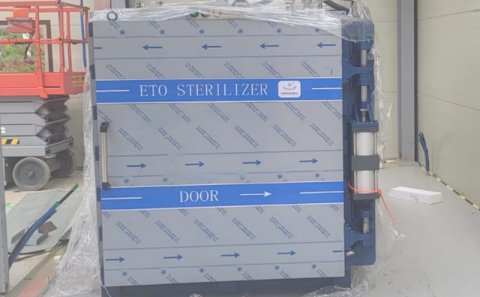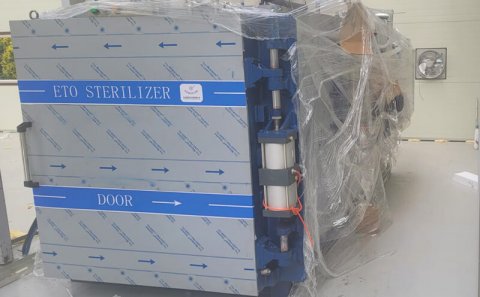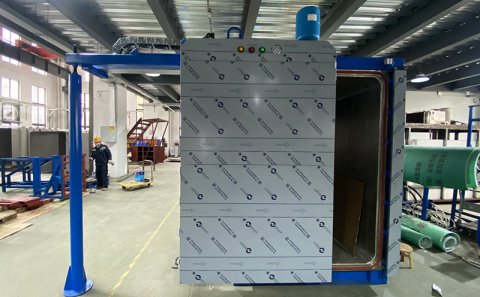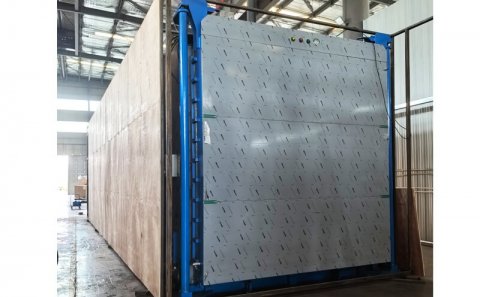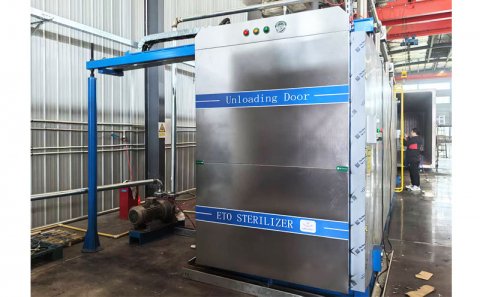What is parametric release of sterilization?
Parametric release is a method of releasing product from sterilization as sterile without the use of BIs, relying instead on a demonstration of conformity of the physical processing parameters to all specifications.
If saleable product is used in validation studies the requirements for release of this product for distribution shall be generated before the start of the validation activities. It is important to assess the effect of repeated exposures to the validation/sterilization processes on product and packaging functionality, and levels of residual EO and/or reaction products prior to release.
How parametric release works?
Therefore, data are gathered for additional processing parameters such as direct analysis of chamber relative humidity and EO concentration, in order to ensure that the sterilization process has met specification.The review of processing records and the decision to release should be performed by qualified individuals.
Our product & service
Temperature measurement
temperature in the chamber from a minimum of two locations throughout the sterilization cycle;
The requirement to measure temperature within the sterilizer from a minimum of two locations is established in order to ensure that an undetected fault in a temperature sensor does not lead to the inadvertent release of an improperly processed load.
chamber humidity
chamber humidity during conditioning as determined by direct measurement
Humidity measurement
Direct analysis of the head space for relative humidity can be performed using electronic sensors, Gas Chromotography (GC), Infrared (IR) or other spectroscopic methods currently available to indicate water vapour concentration and calculation of the relative humidity value. The benefit of these methods is the real-time indication throughout the conditioning phase. Electronic sensors require periodic calibration to offset the effect of exposure to the EO gas and can require replacement after repeated exposures to EO due to irreversible deterioration of materials currently utilized as sensing elements.
EO gas concentration measurement
the EO concentration, determined from direct analysis of chamber atmosphere using analytical methods at defined intervals sufficient to verify the required conditions throughout the exposure time.
The frequency of analysis required to demonstrate that the minimum EO concentration is maintained throughout EO exposure should be established during the PQ studies. Monitoring throughout the EO exposure dwell period should also be done as part of the validation, in order to determine how the EO concentration changes over time. The results of this analysis are specific to the product and load configuration being analysed. The analysis performed during the PQ study will result in documented specifications for how often direct analysis should be performed during the cycle. It is recommended that when direct analysis of EO concentration is performed, at a minimum, direct analysis of EO concentration be performed during the first and last portions of EO exposure.
Particular attention should be given to the measurement and documentation of humidity during conditioning and that of EO concentration during exposure. The EO sampling device providing direct EO concentration measurement using IR, GC, microwave, and other similar technologies should be positioned in a location to represent the EO gas concentration within the sterilizer chamber. However, it is important to understand that this measurement provides an EO concentration at that position in the chamber throughout the entire exposure phase without any restrictions of reactivity effects or load impact. The reproducibility and accuracy of the results from direct analysis should be determined during PQ. Routine cycle analysis should fall within the determined range for the cycle to be acceptable.
It can be necessary to introduce an equilibration time at the start of the EO dwell phase of the cycle to allow the chamber concentration to stabilize as the EO gas is distributed throughout the chamber and penetrates into the void spaces in the load.
Product release from sterilization
The criteria for designating conformance of the sterilization process used for a particular sterilization load shall be documented. The criteria shall include:
-
a)confirmation that the data recorded during routine processing meet the sterilization process specification;
-
b)confirmation of no growth of the test organism from any biological indicator (if used).
NOTE
Formal release of the load from sterilization could require results from other tests (e.g. EO residuals, endotoxin, physical testing, etc.) before product can enter the distribution chain.
This confirmation should include a formal review of the process documentation by a designated individual (or by a validated automated process) to verify and document that the physical cycle variables are within the tolerances defined in the sterilization process specification. If parametric release has been approved and used, product can be released based on compliance with specified process parameters.
Jun 17, 2025
view: 1296
The value of an enterprise lies in the happiness of its employees and the moving of its customers. Create a happy material and spiritual home for employees as much as possible. Only a happy team can win satisfied customers. Our team is consistent, con...
Read More
Jun 17, 2025
view: 1481
The sterilizer is used for biological control as a channel between areas. Usually, in the environment with the highest sealing requirements, rooms with double doors are sealed on the wall, forming a barrier between different categories of areas. Cros...
Read More

